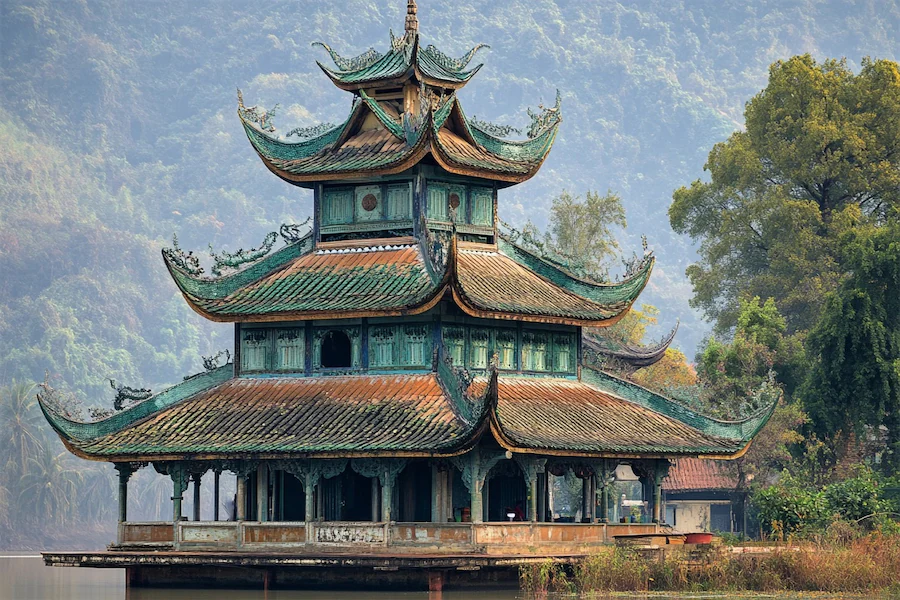A pagoda roof is a distinctive architectural feature prominent in East and Southeast Asian structures, notably in religious edifices such as Buddhist temples. Characterized by multiple tiers, upturned eaves, and intricate ornamentation, pagoda roofs are not only aesthetically significant but also serve functional purposes.
History and Origins of Pagoda Roofs
The architectural design of pagodas evolved from the ancient Indian stupas, which were dome-shaped structures built to house sacred relics. As Buddhism spread across Asia, these stupas were adapted into the multi-tiered pagodas seen in countries like China, Japan, Korea, and Vietnam. Each region incorporated its own cultural and architectural nuances, leading to diverse styles of pagoda roofs.
Key Features of Pagoda Roofs
- Tiered Structure: Pagoda roofs are typically composed of multiple stacked levels, often in odd numbers, which is considered auspicious in many Asian cultures. Each tier diminishes in size as it ascends, creating a harmonious and balanced silhouette.
- Upturned Eaves: The eaves of each tier curve upwards at the edges, a design element that adds to the pagoda’s graceful appearance. This curvature is not merely decorative; it also helps in diverting rainwater away from the structure’s base, protecting the foundation from water damage.
- Central Finial (Sorin): At the apex of the pagoda roof is a spire known as the ‘sorin’ in Japanese architecture. This finial often consists of a series of rings and symbolizes a connection between the earthly realm and the cosmos, reflecting the spiritual aspirations of the structure.
Applications of Pagoda Roofs
While pagoda roofs are predominantly associated with religious structures, their influence extends to various architectural forms:
- Temples and Shrines: The most traditional application, where the pagoda serves as a sacred space for meditation and housing religious relics. The multi-tiered roofs signify the layers of spiritual ascent.
- Pavilions and Gazebos: In gardens and public spaces, pagoda-inspired roofs are used in pavilions to provide shelter and aesthetic appeal, embodying tranquility and harmony with nature.
- Modern Architecture: Contemporary buildings sometimes incorporate pagoda roof elements to evoke cultural heritage or to achieve a unique architectural statement, blending traditional aesthetics with modern functionality.
Considerations When Choosing a Pagoda Roof
- Structural Engineering: The complexity of pagoda roofs requires meticulous engineering to ensure stability, especially in regions prone to natural disasters like earthquakes and typhoons. Traditional construction methods often include a central pillar and flexible wooden frameworks to absorb seismic shocks.
- Material Selection: Materials such as wood, stone, or glazed tiles are chosen based on durability, climate suitability, and cultural significance. For instance, wooden pagodas are prevalent in Japan due to the availability of timber and its resilience against earthquakes.
- Cultural Authenticity: Incorporating a pagoda roof entails a deep understanding of its cultural and religious connotations. Respecting traditional proportions, symbolism, and craftsmanship is essential to maintain authenticity and honor the heritage it represents.
Conclusion
The pagoda roof stands as a testament to the rich architectural and cultural tapestry of Asia. Its elegant design, imbued with symbolic meaning and practical ingenuity, continues to inspire and influence architectural practices worldwide. Whether in ancient temples or modern interpretations, the pagoda roof embodies a harmonious blend of form, function, and spirituality.
